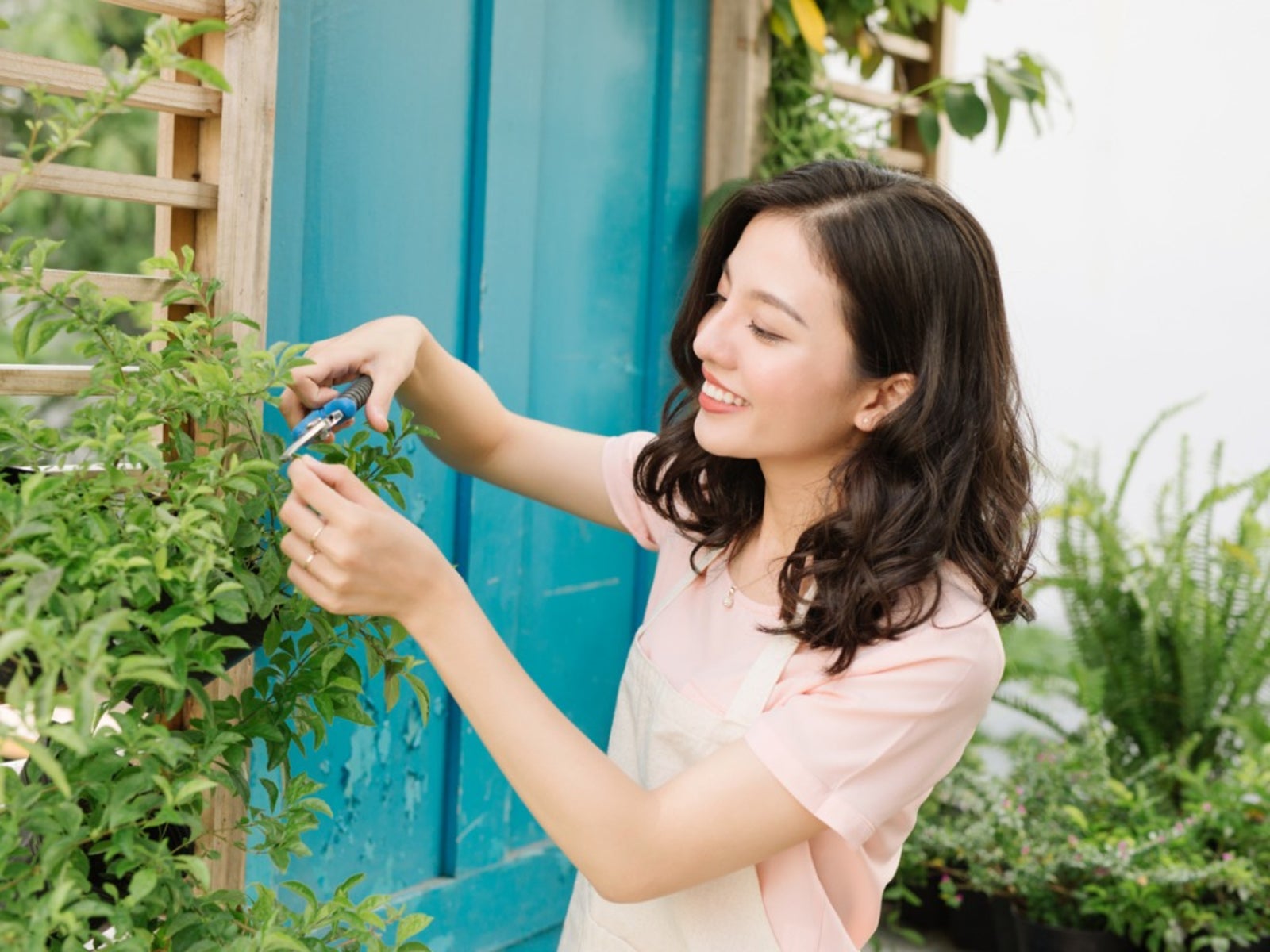Sophomore Year Garden Tips - What To Do When You’re Gardening For The Second Time


Are you a sophomore year gardener? The first season can be both disappointing and rewarding. You’re just learning how to keep plants alive and hoping that some will thrive. There are bound to be both hits and misses, but most of all you learned a lot on the fly. Now that you’re in the second year, you’re ready to perfect last year’s efforts and for some more advanced gardening.
Tips for the Second-Year Gardener
If you’re gardening for the second time this year, use these tips and guidelines along with what you learned from the first year. Each season you will accumulate more knowledge that makes gardening more successful and easier. Here are some tips from experts to get started:
- Don’t wing it. Instead of planting whatever you like wherever seems suitable, make a plan. This will allow you to assess your results more easily and make changes year to year.
- Watch your soil. For the second-year garden, take some time to work the soil. Get it tested at your local extension center and make recommended amendments for better growth.
- Weed early, weed often. You probably discovered the joy, or the dread, of weeding in your first year. Pros know to tackle this chore early and to do it often. This is better than facing a bed of weeds that seems insurmountable.
- Perfect fertilization strategies. Fertilizing may be hit or miss in your first year. Plants need food, but over-feeding can cause problems too. Take notes on what, how, and when you fertilize and adjust as needed.
- Keep a journal. All of this will be in your mind, but details will inevitably lost. True pros keep a journal of all they do in the garden and results so they can make changes in the future.
Try New Challenges for the Sophomore Year Garden
What’s great about getting that first year under your belt is that you have enough skills and knowledge to tackle something bigger. Here are some ideas for new projects to expand your second-year garden:
- Companion planting. Learn to be more strategic about what you plant where. Some plants support each other, so you get better results. Beans and corn are a classic pair, for instance. The beans add nitrogen to the soil and corn acts as a natural trellis. Research companion planting that makes sense in your garden.
- Focus on natives. Another fun research project is to find out what’s native in your area. Track down shrubs and perennials that will thrive in your region and support wildlife.
- Build structures. Garden structures are both useful and decorative. Consider buying or building trellises, benches, and other structures that will enhance your garden.
- Grow from seed. Buying transplants is an easy way for beginner gardeners to get plants in the ground right away, but starting from seed is cheaper and more rewarding. Choose a few plants to start from seed this year as you learn how to do it.
Gardening tips, videos, info and more delivered right to your inbox!
Sign up for the Gardening Know How newsletter today and receive a free copy of our e-book "How to Grow Delicious Tomatoes".

Mary Ellen Ellis has been gardening for over 20 years. With degrees in Chemistry and Biology, Mary Ellen's specialties are flowers, native plants, and herbs.